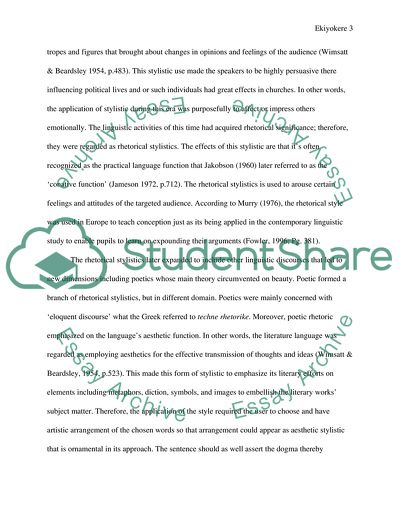Cite this document
(Significance of Academic Interpretations of Stylistics Approach Case Study, n.d.)
Significance of Academic Interpretations of Stylistics Approach Case Study. Retrieved from https://studentshare.org/english/1862253-discusss-and-evaluate-the-importance-of-academic-interpretations-using-any-disciplinary-approach-of-stylistics
Significance of Academic Interpretations of Stylistics Approach Case Study. Retrieved from https://studentshare.org/english/1862253-discusss-and-evaluate-the-importance-of-academic-interpretations-using-any-disciplinary-approach-of-stylistics
(Significance of Academic Interpretations of Stylistics Approach Case Study)
Significance of Academic Interpretations of Stylistics Approach Case Study. https://studentshare.org/english/1862253-discusss-and-evaluate-the-importance-of-academic-interpretations-using-any-disciplinary-approach-of-stylistics.
Significance of Academic Interpretations of Stylistics Approach Case Study. https://studentshare.org/english/1862253-discusss-and-evaluate-the-importance-of-academic-interpretations-using-any-disciplinary-approach-of-stylistics.
“Significance of Academic Interpretations of Stylistics Approach Case Study”. https://studentshare.org/english/1862253-discusss-and-evaluate-the-importance-of-academic-interpretations-using-any-disciplinary-approach-of-stylistics.


